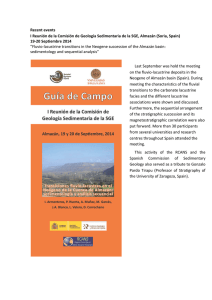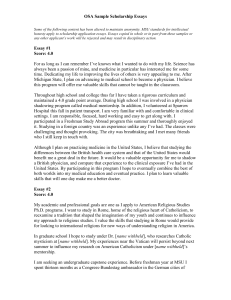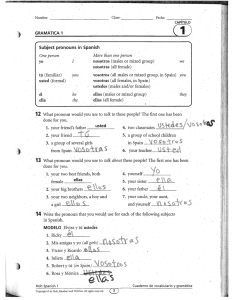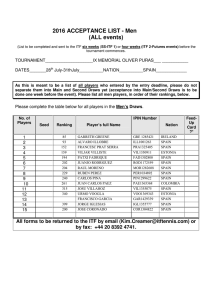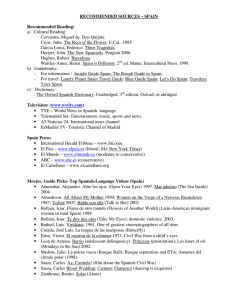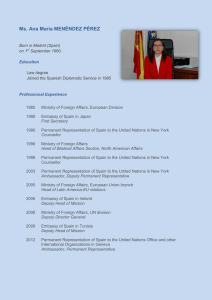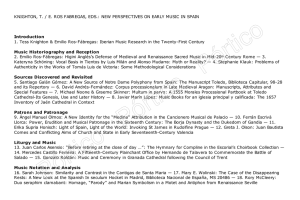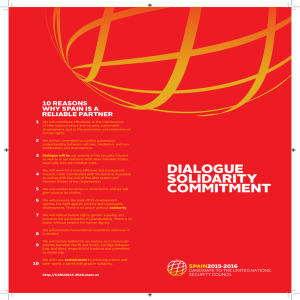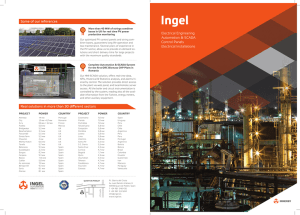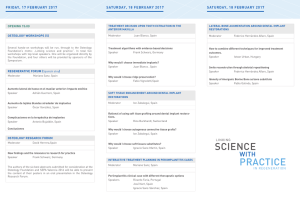PS1.208 Do our patients know a lot about osteoporosis? MJ
Anuncio
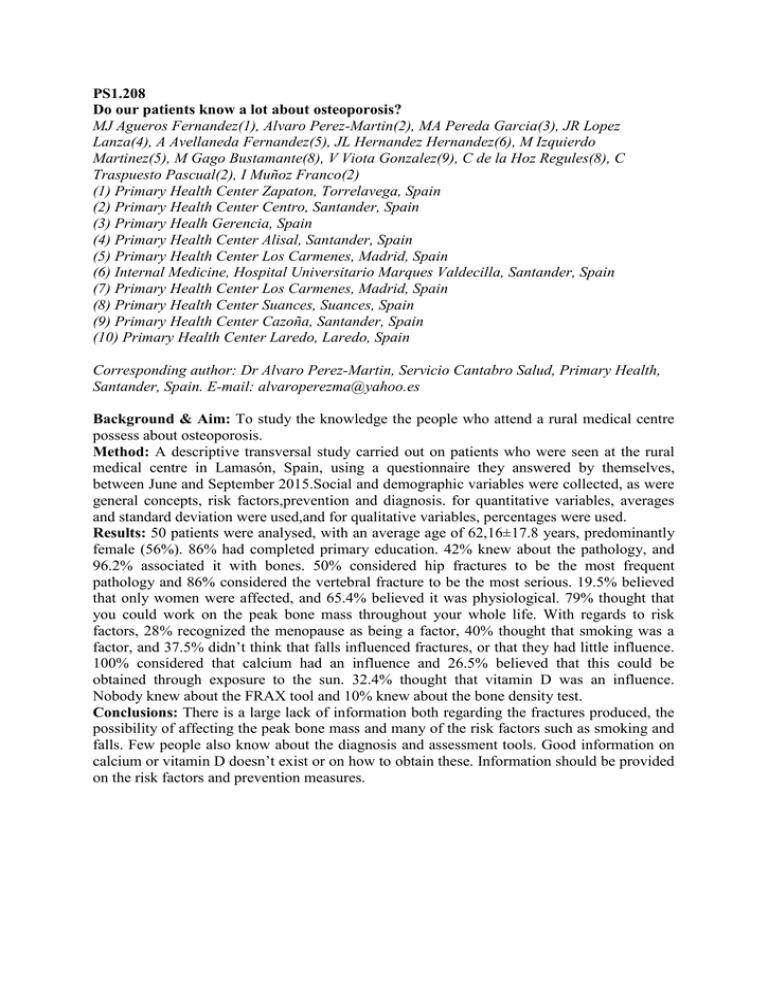
PS1.208 Do our patients know a lot about osteoporosis? MJ Agueros Fernandez(1), Alvaro Perez-Martin(2), MA Pereda Garcia(3), JR Lopez Lanza(4), A Avellaneda Fernandez(5), JL Hernandez Hernandez(6), M Izquierdo Martinez(5), M Gago Bustamante(8), V Viota Gonzalez(9), C de la Hoz Regules(8), C Traspuesto Pascual(2), I Muñoz Franco(2) (1) Primary Health Center Zapaton, Torrelavega, Spain (2) Primary Health Center Centro, Santander, Spain (3) Primary Healh Gerencia, Spain (4) Primary Health Center Alisal, Santander, Spain (5) Primary Health Center Los Carmenes, Madrid, Spain (6) Internal Medicine, Hospital Universitario Marques Valdecilla, Santander, Spain (7) Primary Health Center Los Carmenes, Madrid, Spain (8) Primary Health Center Suances, Suances, Spain (9) Primary Health Center Cazoña, Santander, Spain (10) Primary Health Center Laredo, Laredo, Spain Corresponding author: Dr Alvaro Perez-Martin, Servicio Cantabro Salud, Primary Health, Santander, Spain. E-mail: [email protected] Background & Aim: To study the knowledge the people who attend a rural medical centre possess about osteoporosis. Method: A descriptive transversal study carried out on patients who were seen at the rural medical centre in Lamasón, Spain, using a questionnaire they answered by themselves, between June and September 2015.Social and demographic variables were collected, as were general concepts, risk factors,prevention and diagnosis. for quantitative variables, averages and standard deviation were used,and for qualitative variables, percentages were used. Results: 50 patients were analysed, with an average age of 62,16±17.8 years, predominantly female (56%). 86% had completed primary education. 42% knew about the pathology, and 96.2% associated it with bones. 50% considered hip fractures to be the most frequent pathology and 86% considered the vertebral fracture to be the most serious. 19.5% believed that only women were affected, and 65.4% believed it was physiological. 79% thought that you could work on the peak bone mass throughout your whole life. With regards to risk factors, 28% recognized the menopause as being a factor, 40% thought that smoking was a factor, and 37.5% didn’t think that falls influenced fractures, or that they had little influence. 100% considered that calcium had an influence and 26.5% believed that this could be obtained through exposure to the sun. 32.4% thought that vitamin D was an influence. Nobody knew about the FRAX tool and 10% knew about the bone density test. Conclusions: There is a large lack of information both regarding the fractures produced, the possibility of affecting the peak bone mass and many of the risk factors such as smoking and falls. Few people also know about the diagnosis and assessment tools. Good information on calcium or vitamin D doesn’t exist or on how to obtain these. Information should be provided on the risk factors and prevention measures.
